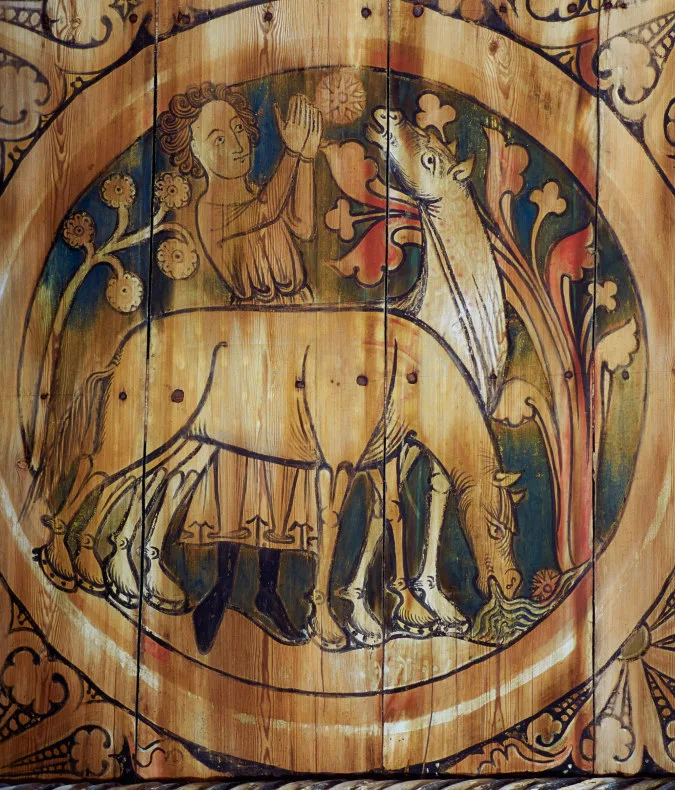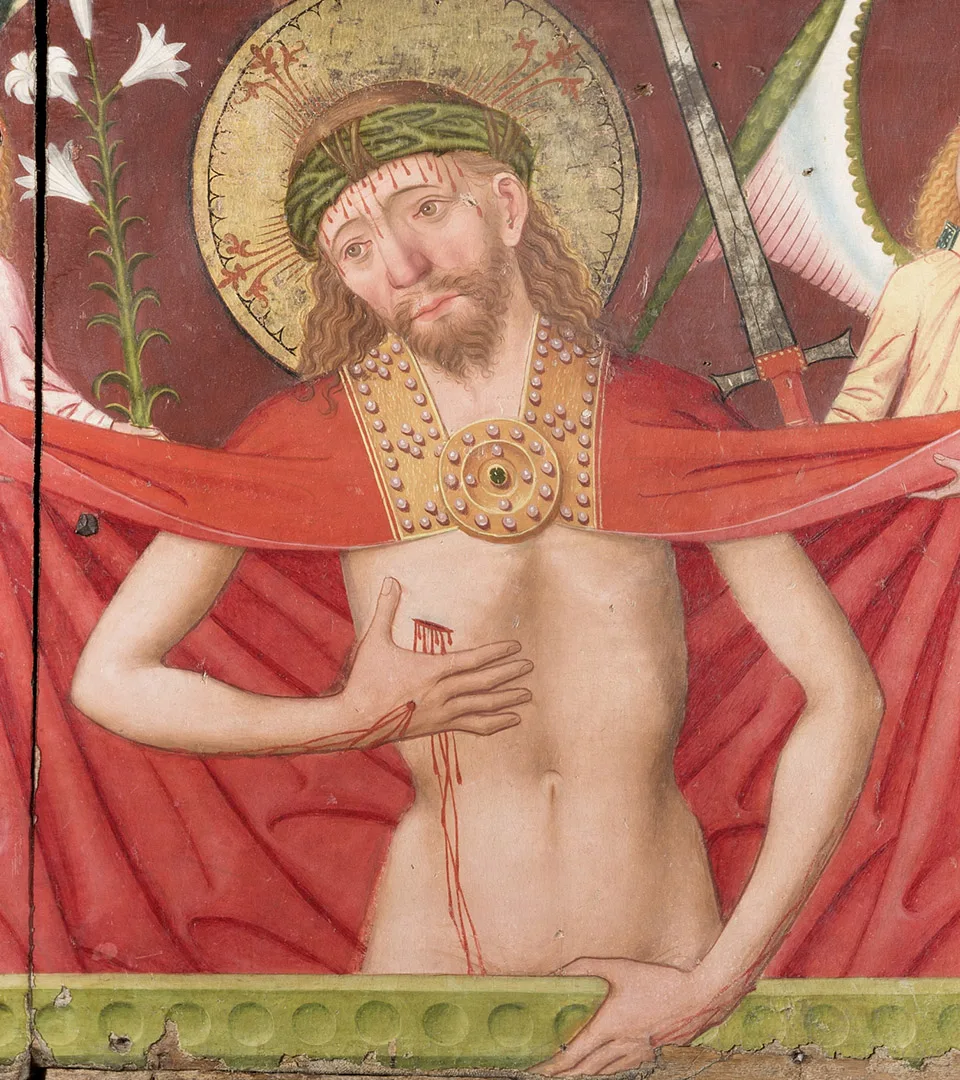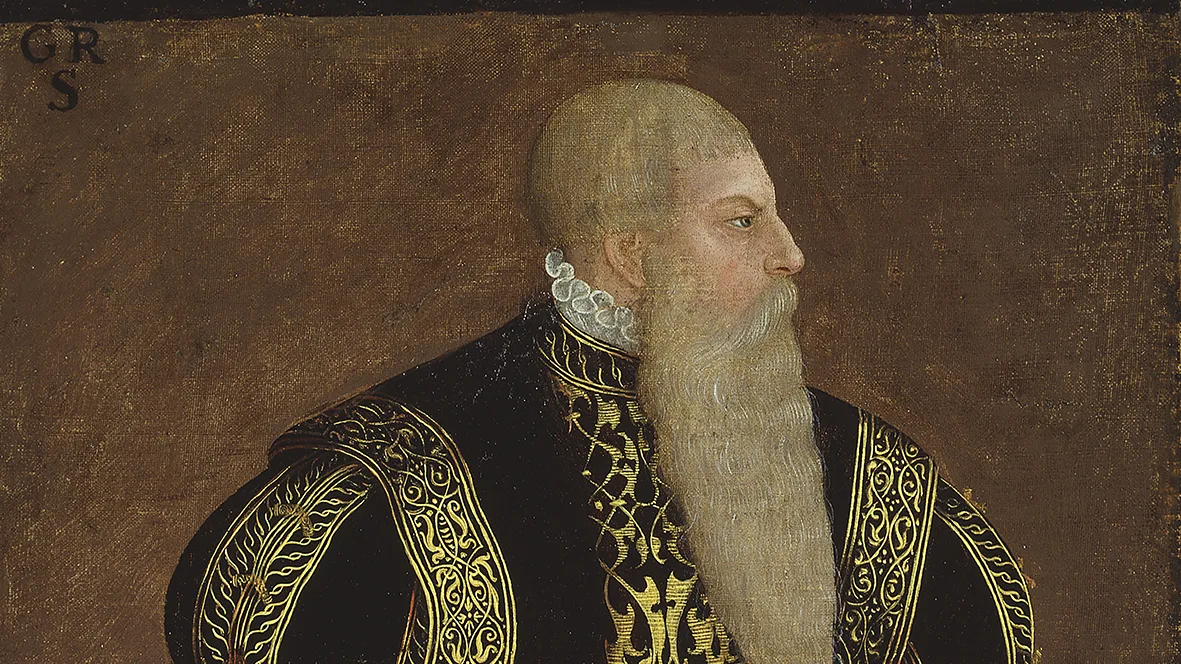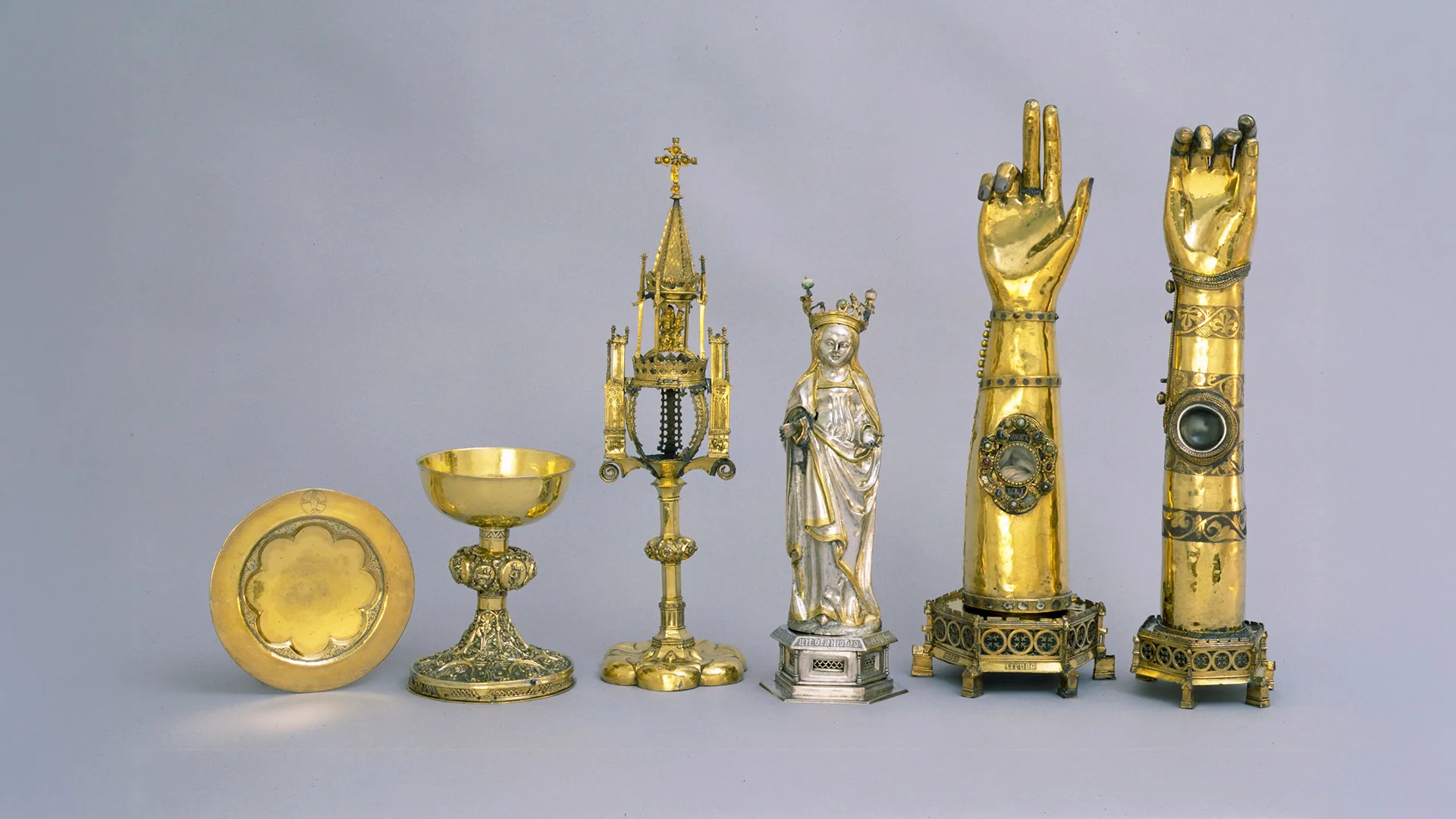Knights in the Middle Ages
Viking Age
AD 800 – AD 1100
Middle Ages
AD 1050 – AD 1520
Modern Age
AD 1520 – AD 2025
Already in the Viking Age there were wealthy farmers and village leaders who held considerable power. Over time they became a distinct social group known as the frälse, or nobility. They enjoyed greater rights than ordinary people.
Another group, known as the hird, worked closely with the king. In return for privileges, they were obliged to support him in war with horses and soldiers. Knights were members of the nobility who fought on horseback, especially during the Middle Ages from the eleventh century onwards.
The greatest privilege of the nobility was exemption from paying taxes to the king. They also received fines from the peasants who lived and worked on their estates. However, if a nobleman could not prove that he kept a horse and soldier ready to assist the king in war, he risked losing his privileges.
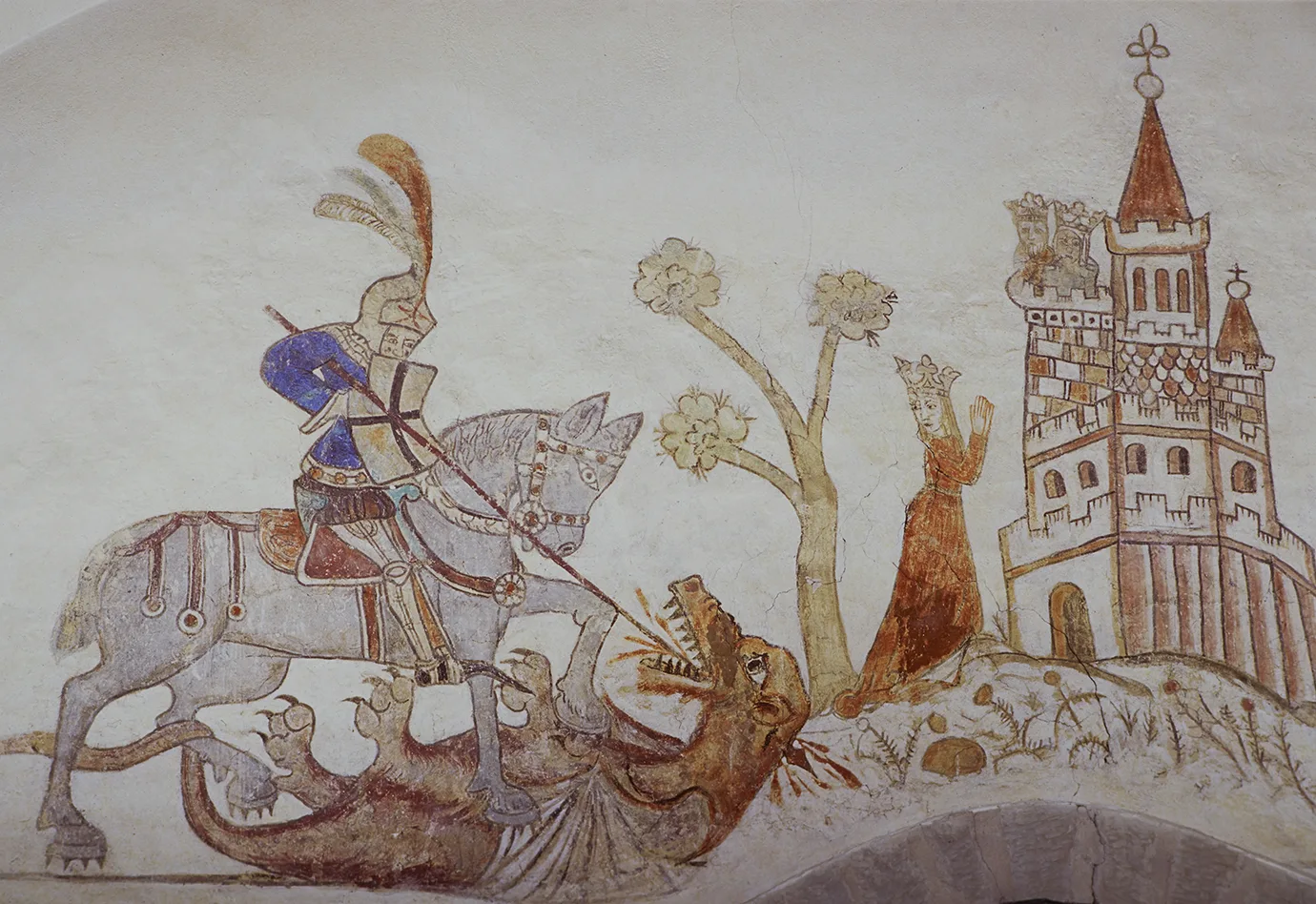
Medieval knightly armour
A knight’s armour was highly advanced for its time. Early on, knights wore mail shirts – tightly woven chains of iron or steel rings. Later, plates of hardened steel came into use, offering even greater protection. By the fifteenth century, full suits of armour existed that covered the entire body and were tailor-made for each knight.
The Aranäs helmet
Knights used a wide range of weapons in battle: swords, lances, maces and war hammers, the latter especially effective against armour. They also carried shields for defence and to push back enemies. Stirrups were used in horsemanship, and several examples are preserved today in the collections of the Swedish History Museum.
When the ruins of Aranäs Castle were excavated in 1916, a rare helmet was found, known today as the Aranäs helmet. It had been worn by a medieval warrior. Made of iron, it has been damaged by rust and fire. Despite this, it is of great importance as one of the few well-preserved helmets from the 13th century still surviving in Europe.

The Aranäs helmet
On view at Historiska museet in the exhibition Sveriges historia
The Aranäs helmet in 3D
3D-model of a medieval knight's helmet. The Swedish History Museum/SHM, CC BY 4.0.
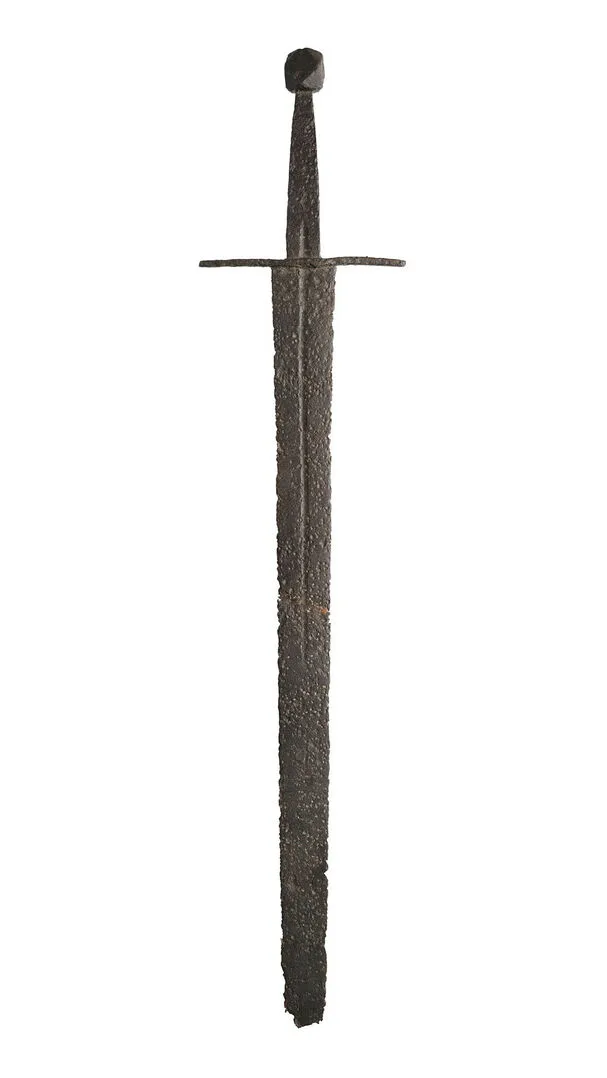
Medieval sword

Medieval stirrup
Found in Blomskog parish, Värmland.
On view at Historiska museet in the exhibition Sveriges historia
